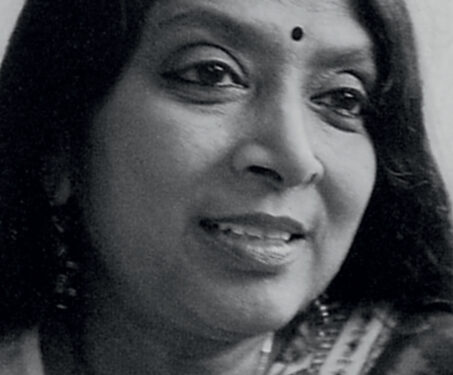

A feminist modern art maestro
The paintings of B Prabha capture the hopes and anguish of a woman making art in a newly independent India

The paintings of B Prabha capture the hopes and anguish of a woman making art in a newly independent India
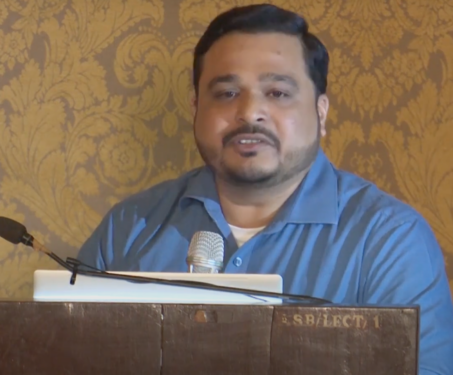
‘One of the lesser-known communities of Mumbai, the East Indian Christians have an intriguing history. Let’s delve into questions around their identity to understand the innate, vibrant pluralism of this community, and the many cultural nuances woven into its fabric.’ – André Baptista for Sarmaya Talks. Dr. André Baptista is an archaeologist, historian and cultural… Read more »
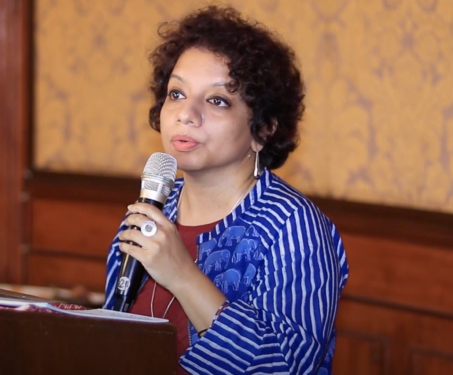
“For a metropolis that is viewed as a world city, we woefully lack access and entry to several key landmarks and places of heritage value. We need to stir curiosity and trigger engagement about our rich and diverse local history among young minds and adults alike .” – Fiona Fernandez. Fiona Fernandez is an Associate… Read more »
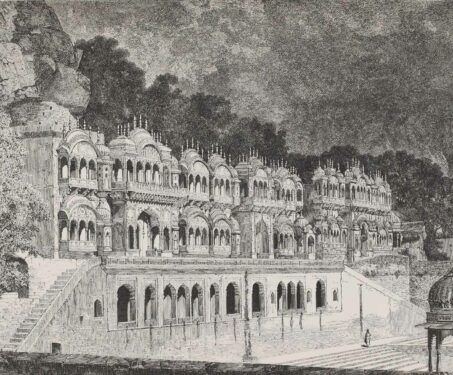
Over six years spent travelling around India, Louis Rousselet learned photography and captured some of the most beautiful scenes of the Subcontinent, from the Himalayas to the Nilgiris and from coast to coast
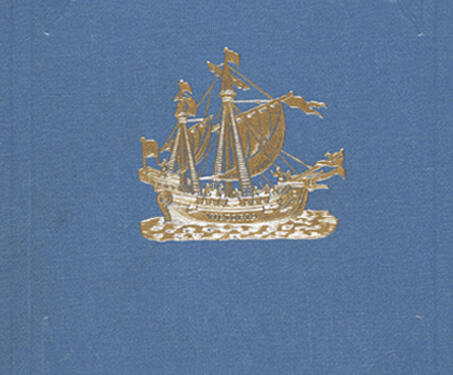
This is the 1st Ed. No. LXXII, in the Second series of the Bombay in the Days of Queen Anne. As a official of the East India Service, John Brunell arrived to the subcontinent in the latter half of the 17th century. This book has an introduction by Samuel T. Sheppard and includes Brunell’s two… Read more »
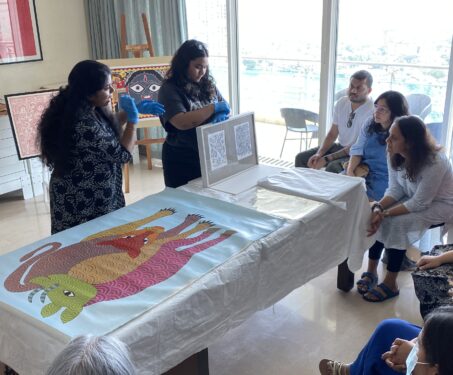
On 27th August 2022, we collaborated with Art and Wonderment, an arts engagement organisation led by Alisha Sadikot and Nishita Zachariah. We opened out our collection to a group of arts enthusiasts for a session on the diverse art traditions and histories of the Subcontinent, seen through the lens of a curated selection of objects… Read more »
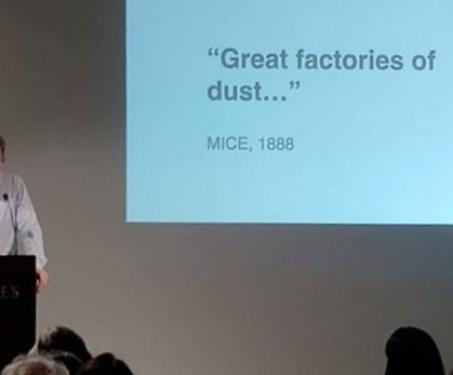
This intensely illustrated talk invites you to eavesdrop on previously unheard dialogues between the built and unbuilt, the city as it was and as it might have been.
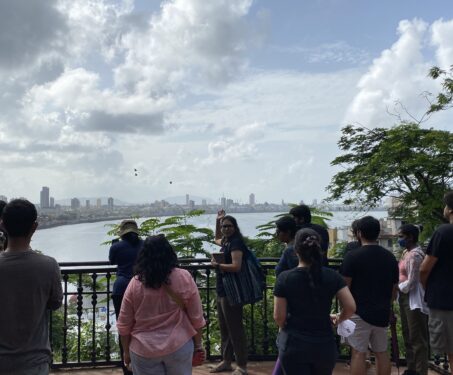
A unique heritage walk led by Akanksha Gupta helped us understand Mumbai’s history, politics and culture through an exploration of the routes water takes to reach our homes
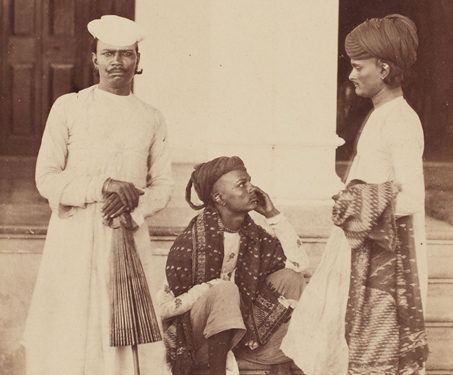
This photograph of traders from the Marwari community was taken by William Johnson in late 19th century Bombay. The port city of Bombay attracted early photographers, and the first official Indian photography organisation was founded here in 1854. William was a founding member of the Bombay Photographic Society and one of the first to produce… Read more »
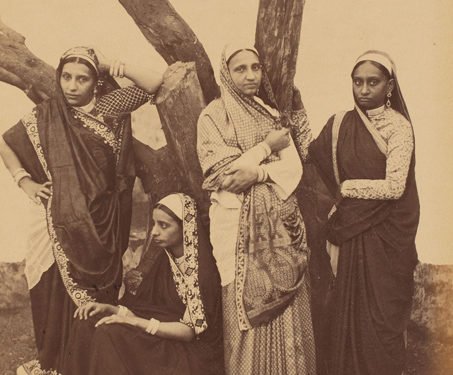
This photograph of the women from the Parsi community was taken by William Johnson in late 19th century. With the British granting freedom of religion and equality before the law to migrants and minority communities, the city saw an influx of Parsis, who went on to play a pivotal role in the making of metropolitan… Read more »

This photograph of the Palanquin Bearers was taken by William Johnson in Bombay. The root-word for the English ‘palanquin’ is the same as the one for the Hindi ‘palang’: ‘palyanka’, Sanskrit for bed. Baked into the word itself is a promise of comfort. Palanquins were the transport of choice for wealthy travellers in 18th- and… Read more »
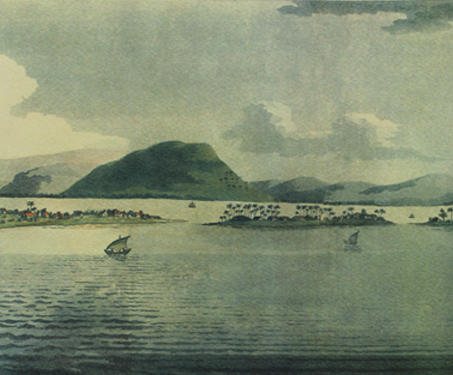
This aquatint from 1800 gives a sweeping view of Fort, the Bombay Harbour and other British points of interest in South Bombay as seen from the vantage point of Malabar Hills. The highest point in the south of the city, it was where the original Walkeshwar Temple was founded by the Silhara Kings, who reigned… Read more »
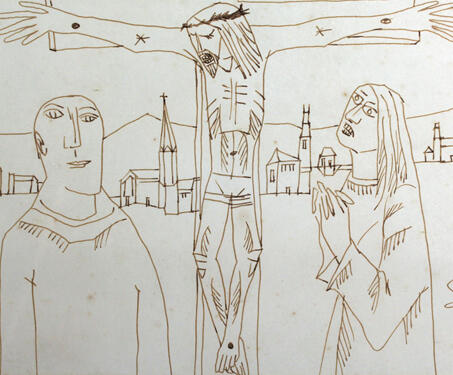
This drawing delineates the Biblical tragedy of the crucifixion of Christ. This is one of many compositions of the crucifixion done by the modern artist Francis Newton Souza. FN Souza, a founding member of the Progressive Artists Group (PAG Mumbai, 1947), in many ways shaped the Modern Art movement in India. He explored subjects like… Read more »
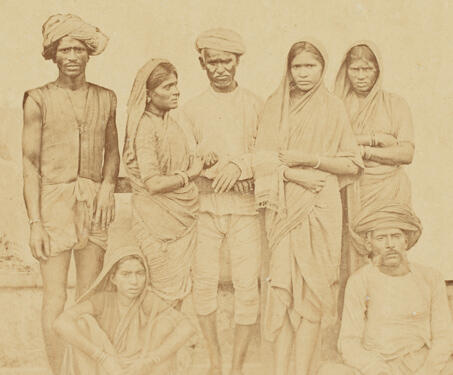
This photograph of the Mahar community is by William Johnson. The Mahars traditionally belonged to the lowest caste in the Hindu caste system in the Bombay presidency. This image originally formed a part of a series called ‘Photographs of Western India’ (1855-1862) by William Johnson. It reappeared in his later publication ‘The Oriental Races and… Read more »
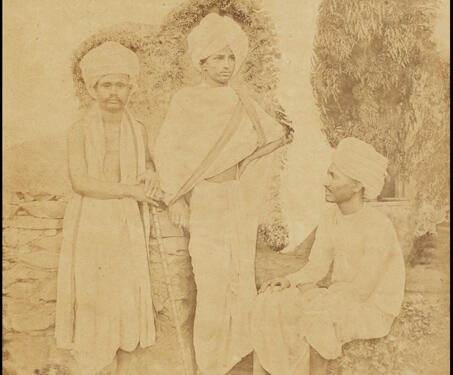
This photograph of the Karnatika Brahmins was taken by William Johnson. This image originally formed a part of a series called ‘Photographs of Western India’ (1855-1862) by William Johnson. It reappeared in his later publication ‘The Oriental Races and Tribes, Residents and Visitors of Bombay’ (1863 and 1866). The series gives a glimpse into the… Read more »
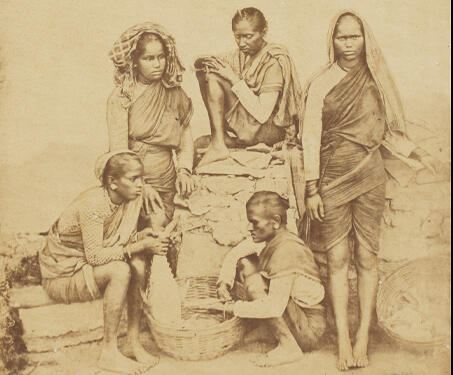
This photograph of the Fisherwomen of Bombay is by William Johnson. The Kolis (fishing community) are oldest known inhabitants of the seven islands that make up this city, they have lived here for centuries—some say since 600 BCE. This community may not be as visible on the city’s bustling streets as they once were, but… Read more »
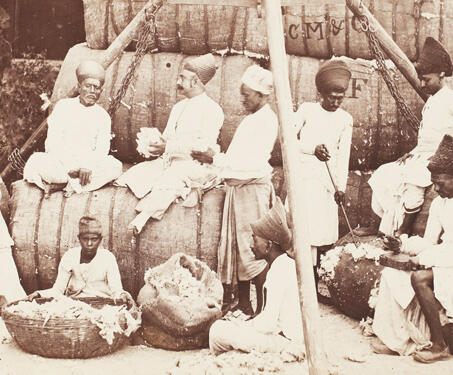
Following the Uprising of 1857, the British started to use photography to gather data on races, castes and communities to better understand the ethnic diversity of the subcontinent. This photograph is from ‘The Photographs of Western India’ (Vol.1), 1855-1852, one of the earliest photographic compendiums to be produced on ethnographic portraiture, taken by William Johnson… Read more »
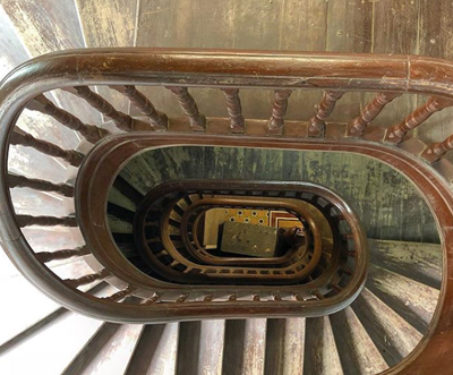
Discover the city of Mumbai from these unique and unexpected perspectives brought to you by 20 Instagram handles. From window art to the fishermen’s lives, these photographers will make you appreciate this bustling city in a whole new way.
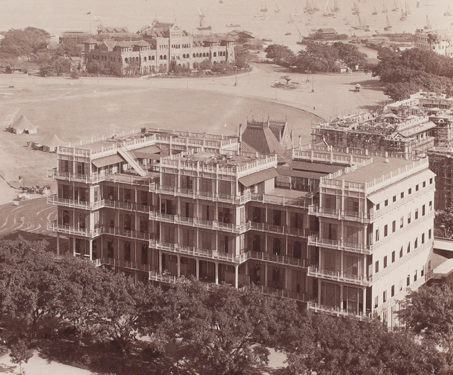
The Watson’s Hotel, earlier the Esplanade Hotel, is the oldest surviving cast-iron structure in India. It was named after its first owner, John Watson, an English businessman in Bombay. The original cast iron objects were designed by the engineer Rowland Mason Ordish, who constructed the various parts in Britain and shipped to India. The construction… Read more »
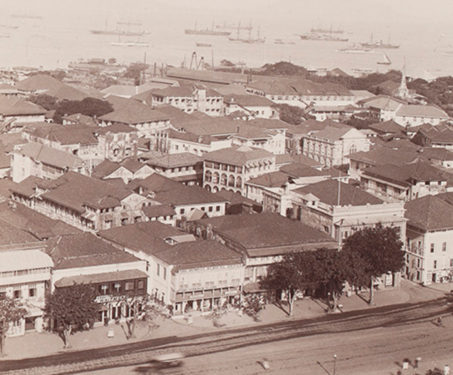
This is a 2-part panoramic view of Bombay (Mumbai) from the late 19th – early 20th century by and unidentified photographer. Read about the birth of commercial photography in 19th-century Bombay here.